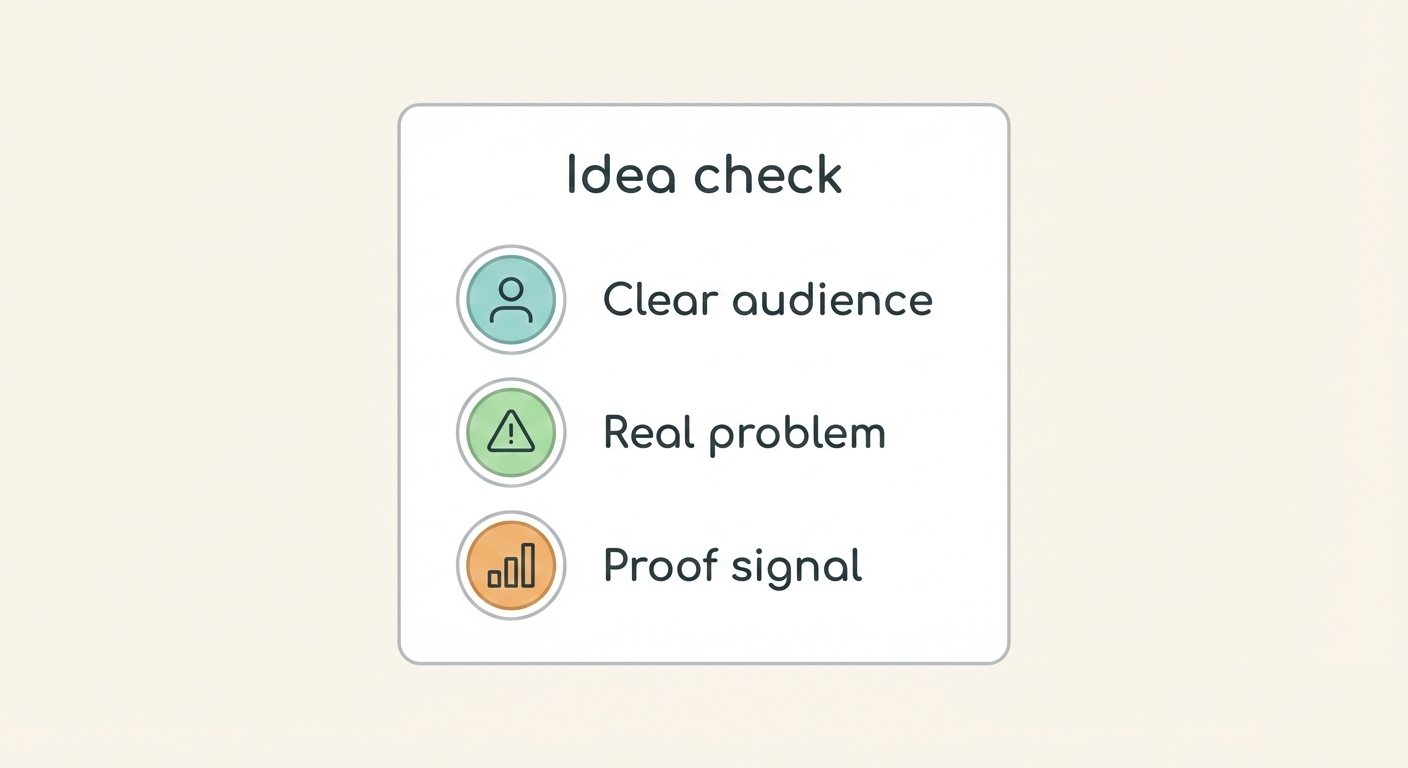3 popular webs apps for marketing and team communication

For the love of web apps!
According to statista.com, the statistics portal, in Q1, 2018 there were over 3,800,000 web apps available from Google Play, the official app store for the Android OS. Apple, with its much more restrictive development for 3rd party software vendors had 2,000,000 for iOS users in the App Store. Microsoft, which has been a little late to join the party came in with 669,000.
In 2016, mobile internet usage had reached over half the world’s global population. Demographic information showed that the average daily time spent accessing online content from a mobile device, including smartphones, tablets computer and wearables was:
- Millennials - 185 minutes
- Generation X - 110 minutes
- Baby Boomers - 43 minutes
Whether it’s leisure, such as gaming and health and wellbeing through fitness; or mobile voice and video messaging over IP or animation and video software, the popularity of mobile apps continues to grow, driven by an industry which is producing more and more product every year.
The Apple Store launched in July 2008 with 800 apps. By January 2017 this had reached 2.2 million. by September 2016, apps from the Apple App Store were downloaded a cumulative 140 billion times. Some analysts project the Apple App Store may have 5 million apps by 2020.
From the perspective of development, this popularity is the result of a number of characteristics. Firstly, mobile apps are relatively easy to create when compared with full-blown computer applications.
They also have a much lower price point, with many vendors employing the freemium business model strategy to generate income streams. The sheer scale of user numbers of popular apps generates some very big numbers, for individual developers and vendors as well as across the marketplace as a whole.
Applications generate revenue in a number of different ways. They sometimes charge users a small amount for the use of an app, with a purchase price. On average this is $1.02 per app in the Apple Store. Other revenue raising tactics range from charging for access to premium features (freemium model) to simply selling space for advertising. Often users can opt to go ad-free for a price.
A funny thing about gaming…
The world loves to play, so it should come as little surprise that gaming is the most popular Apple App Store category. A lot of businesses have been quick to get in on the act and capitalize on the opportunities this has created by developing games.
Approximately one quarter of all available apps fall into the gaming category. In February 2018 some gaming platforms were counting revenues of up to $40 million per month on Android alone.
Up to June 2018, Fortnite: Battle Royale had brought in more money in a single month than any other game of its kind, hitting a new revenue record of $318 million in May. This brought the total revenue generated across all platforms on which it was available to $1.2 billion in just eight months.
Global consumer spending on mobile gaming apps is projected to reach 105.2 billion U.S. dollars in 2021.
Business web app trends
But gaming aside, there is a bigger story to tell. In 2020, across the marketplace, mobile apps are projected to generate $188.9 billion in revenues via app stores and in-app purchasing and advertising.
There is also an abundance of mobile business apps. Frequently, these are extensions of full-blown Windows, Mac and Linux applications. Quite often they strip out superfluous features and just offer the functionality that a mobile user wants. Others still are cloud platforms which offer comprehensive functionality and centralize activity for all users, whether on a static or mobile computing platform.
There is a strong trend for Line-of-Business apps, which offer specific features for an industry or niche. Software for managing barbershop and hairdressing, window cleaning or motor trade businesses are examples.
From the user perspective, the intrinsic value of cloud computing is that it eliminates the cost of ownership, upgrades, maintenance and the management overhead, enabling a pay as you use rental model. Businesses get the benefit without disproportionate amount of cost, maximizing value.
Here we discuss three of the most popular web apps for marketing your business and communicating within your teams.
HubSpot

Websites are pivotal to how today’s businesses market and promote themselves. Attracting, converting and closing are critical elements of success. ‘Content is King’ was coined by Bill Gates in 1996 and it’s never been truer. Content is the fuel that powers campaigns across the entire spectrum of marketing channels. If you don’t have something interesting to say, then someone else will!
HubSpot is an inbound marketing and sales platform that helps companies attract visitors, convert leads, and close customers. Its products and services aim to provide tools for social media marketing, content management, web analytics and search engine optimization. HubSpot, like many web applications today, can be integrated with other web apps.
Pros
HubSpot puts content creation, management and integration across blogs, email, landing pages and workflows in an easy to use, all in one marketing portal. You create content and publish it, repurpose for email and social media campaigns and track opens and clicks. You can bring prospects to well-designed landing pages and convert. The analytics tool lets you see the performance of every marketing element on a single dashboard.
Cons
To get the most value from HubSpot you need to have a content creation program, planning and executing the production of content that is going to be of interest to your target audiences.
In August 2014, HubSpot filed for an initial public offering with the Securities and Exchange Commission and the market cap of the business has the potential to reach the magic $1 billion mark if growth continues.
Google Analytics

With companies using HubSpot or similar competing marketing automation tools to power their online marketing, many are also using Google Analytics. The tool tracks and reports website traffic. Google Analytics’ approach is to show high-level, dashboard-type data for the casual user, and more in-depth data further into the report set.
Google Analytics analysis helps identify poorly performing pages with techniques such as funnel visualization, which website visitors came from (referrers), how long they stayed and their geographical location. It also provides more advanced features, including custom visitor segmentation.
Pros
Google Analytics is easy to apply to your website. Delivers real time data about activity on your website, with detailed stats for each page URL. Provides dwell time on each page for each visit, helping you to understand how effective your content is.
Cons
Takes time to learn how to get the best out of it. You need to learn how to interpret what the data is trying to tell you. Advanced customization is thought by some to be complex, which makes it hard for newbies to understand.
Google Analytics is a tool from the number one in search from the business that is the world’s most valued technology group.
Slack

Team communication is a field where an awful lot of effort has been directed by both long-established software vendors and new vendors seeking to disrupt the marketplace. Slack has emerged as winner in this area of the Software-as-a-Service (SaaS) market. Slack is an acronym for ‘Searchable Log of All Conversation and Knowledge’.
In just 5 years, since its initial release in 2013, Slack has become one of the leaders for enabling teams to communicate. Slack grew out of the team that created Flickr. Founded by Stewart Butterfield, Slack was developed as an internal tool for his company, Tiny Speck, which used the proto-Slack tool for developing Glitch, a failed online game! (Lose with the game but win with the online business tool!)
Pros
Many users like Slack because they can use it to separate internal communication from external. Internal communication is often less formal, more casual and rapid fire. Email is then preserved for external communication, with clients typically. This cleans up communication as a process, providing text, voice, video and document sharing typical of such platforms. And it does this without any loss of restrictive sharing and confidentiality which may be required by those in leadership roles and those without managerial responsibilities when managing team activity.
Cons
One chief drawback is that Slack has a bit of a learning curve associated with it. There is a lot of additional capability in the form of special functions. For example, bots can be used to gather data from your other systems. These are not intuitive, and it takes time to learn them and get trained on them. There are over a thousand Slack integrations. Around 90 percent are sales related, and more than 15,000 developers are creating additional interoperability capabilities.
In February 2018 there were around 8 million daily users of Slack, with 3 million enjoying the benefits of paid account services. Slack is a freemium product, so you can really take it for quite a bit of a spin before you decide whether it’s right for your company.








